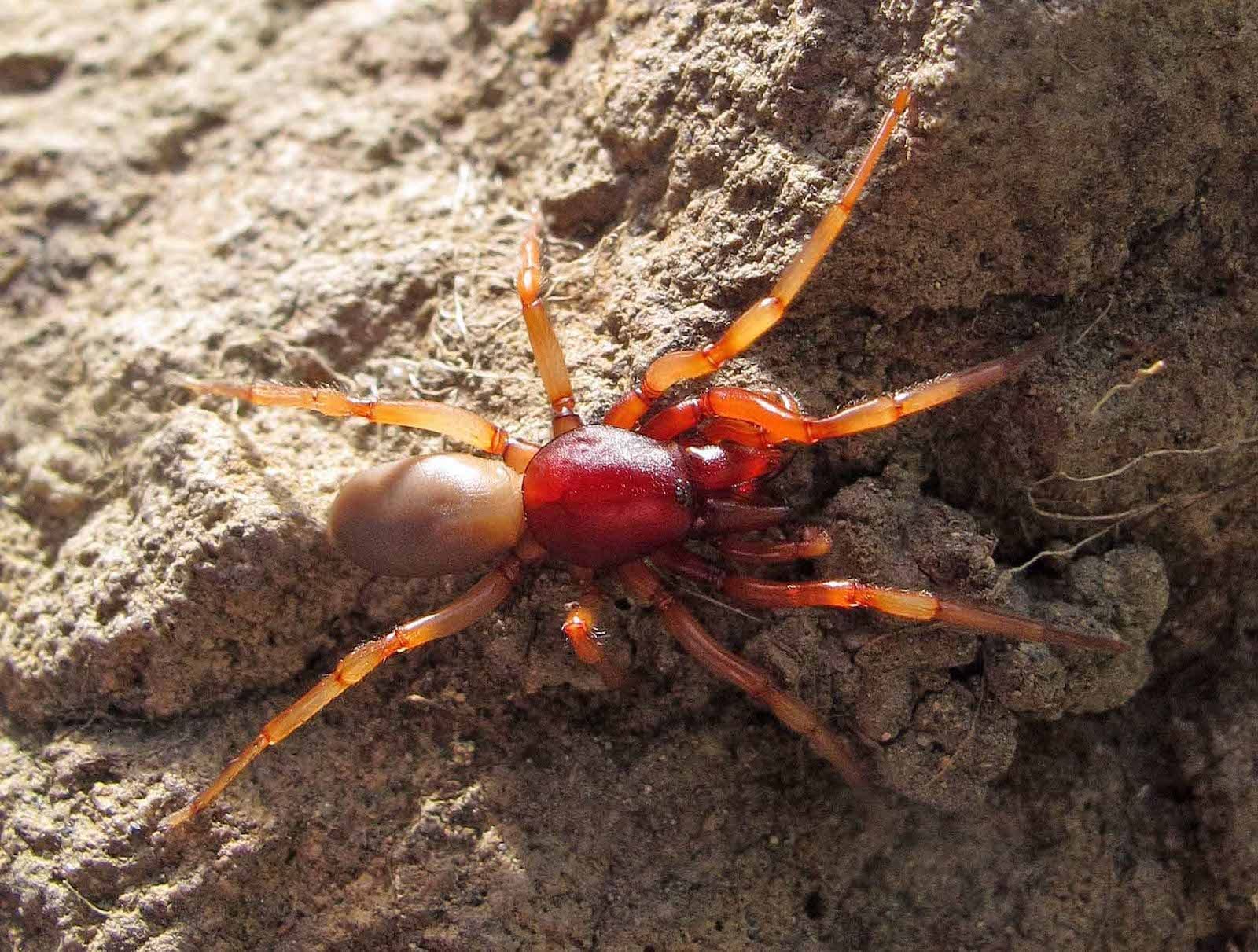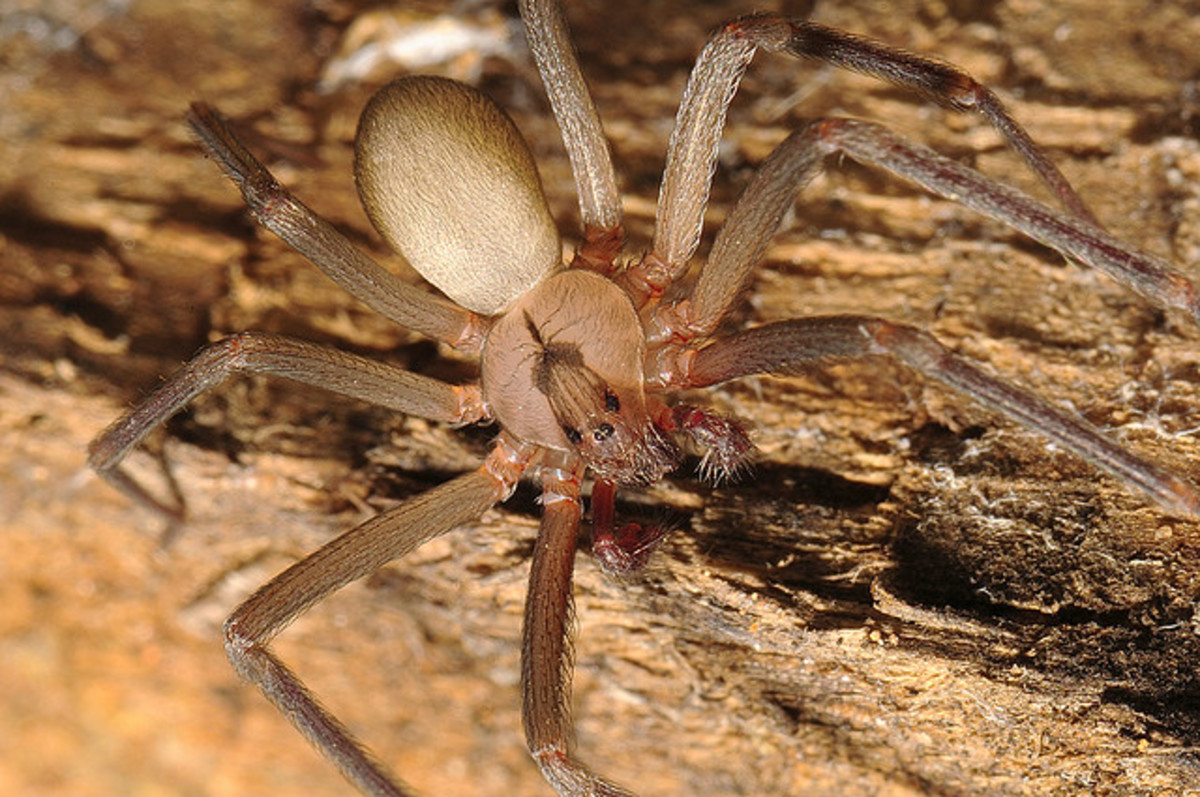Table Of Content
- Where To Find the Common House Spider
- How long does a red house spider live?
- Black-banded Crab Spider
- Red-bellied Jumping Spider
- Grass spiders are one of the fastest spiders in California.
- Types of Red Spiders (With Pictures) – Identification Guide
- Have you ever seen unique webs in shrubbery or hanging low in the woods?

If you have a red house spider and would like to release it outside, there are a few things you should keep in mind. These spiders are identifiable by their distinctive markings. Females have a red band and hourglass-like marking on the underside of their abdomen.
Where To Find the Common House Spider
Common on US grassland, the Shamrock Orbweaver is one of the species red specie that builds spider webs. Most morphs of this spider genus have a combination of either red and black or brown and black coloring. Sometimes confused with Black Widows, Red Widows are a common venomous spider species. The spider has a vivid red cephalothorax and a red hairy abdomen. It builds these spider webs in some of the most inaccessible parts of the house for humans which are known to attract insects.
How long does a red house spider live?
Nesticodes rufipes is most often sighted indoors, and during the month of April. These tiny spiders are usually less than half an inch in body length and have a bright red coloration covering most of their bodies. Red house spiders create webs that look like a tangled mess of webbing attached to the walls and floors at multiple points. The egg sacs themselves are tightly packed and spherical, about the same size as an adult female’s abdomen.
Black-banded Crab Spider
It’s possible to identify these tiny spiders by their bulbous dark red abdomen and reddish-orange spiny legs. Another identifying feature of common house spiders is their webs. For example, the common house spider and black widow spin cobwebs or tangled webs. In addition, some outdoor spiders like orb weavers can make their way indoors and spin intricate webs, creating a spoked, open web to trap insects.
Like all widow spiders, the brown widow has long, extended legs that are tan with dark brown bands. The brown widow spider is a venomous spider with a bulbous light brown to dark brown body and distinctive hourglass marking on the side of its abdomen. The brown widow’s markings can be orange or dull yellow, and it also has colorful markings on its back.
Despite this fact, most people cringe at the sight of a common house spider. Seeing a black or brown arachnid scampering across the floor or lurking in a dark corner can send you into a panic. There is also the fear that the house spider is dangerous and could inflict a nasty bite. The red color of these spiders may be alarming because it is usually a warning sign in nature. Moreover, some may worry that red spiders are venomous or may bite if touched.

Bug experts explain the spiders that like to creep indoors and whether or not their bites can harm you. However, you do not need to worry about them because they are not dangerous. Spiders have been around for a long time- about 300 million years, to be exact. They evolved from a different group of animals and, over time, developed the characteristics that we see in modern spiders. Today, there are over 40,000 different species of spiders across the world.
Black widow spiders declining because brown widows hunt them down - study - The Jerusalem Post
Black widow spiders declining because brown widows hunt them down - study.
Posted: Tue, 14 Mar 2023 07:00:00 GMT [source]
From its vibrant coloration to its unique web-building techniques, these spiders have captured the curiosity of many. Despite their intimidating appearance, red house spiders are relatively harmless to humans and play an important role in controlling insect populations. By understanding more about these arachnids, we can appreciate the intricate beauty of the natural world and coexist harmoniously with these creatures. House spiders are common in many homes throughout the country.
Uncover the Mystique of Tattoo Gaelic: A Timeless Expression of Celtic Culture
This species grows up to a size of 4.5mm being one of the smaller red spiders in the US. This species has a red abdomen with white vertical stripes and a pale red cephalothorax. The species is known for its bright red coloring with a shiny outer layer both on the cephalothorax and on the abdomen.
While red house spiders are commonly found in California, Texas, and Florida, they can possibly be found in other parts of the west as well. To prevent infestations, it’s important to seal gaps and cracks in your home and eliminate damp areas that may attract these spiders. In cases of persistent or extensive spider infestation, it is recommended to seek professional pest control services to effectively address the issue. These spiders are not aggressive, but will bite if their web is disturbed, so be cautious when cleaning out spider webs. Red house spiders are common in North America and can be found throughout the United States. They are typically around ½ inch long and have a reddish-brown color.
The small yellow house spider can measure 0.19” to 0.35” (5 – 9 mm) with a leg span up to 1” (25 mm). A brown recluse spider has a yellowish-brown velvety head and oval abdomen. In addition, the six-eyed spider has a distinctive violin pattern on its cephalothorax, making it easy to distinguish from the common house spider. However, it is classed as a harmless indoor brown spider because it’s not aggressive and only bites if you grab or squeeze it.
To identify red house spiders, observe their size and distinctive reddish-brown or rusty red coloration on their bodies. Red house spiders are small, measuring around 1/4 to 3/8 inches in length. Their abdomens are often a solid red color, while their legs are usually a lighter shade of red or brown.
It is most common for brown recluse bites to happen on the arms, hands, and feet while getting dressed or cleaning storage areas. These bites can often go undetected until hours later when the discomfort sets in. Determine which common house spiders are in your home with this guide.
No comments:
Post a Comment